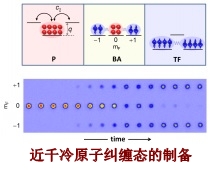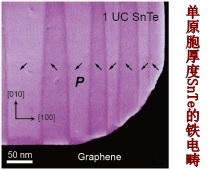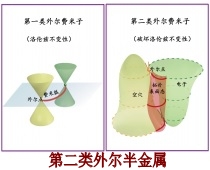



Title£ºHI in galaxies and the dark matter problem
Time£º02:00pm, October 12, 2017 (Thursday)
Venue£ºSouth 727, Mong Man-wai Science Technology Building
Speaker£ºProf. Albert Bosma (LAM)
ABSTRACT
I will give a overview of HI in nearby galaxies, based on a recent review. 21-cm HI line observations are essential in the determination of "flat" rotation curves extending well beyond the optical image, which indicate the presence of dark matter in the outer parts of galaxies. Additional observations of stellar velocity dispersions at high spectral resolution are needed to break the so-called "degeneracy" in the mass modelling (i.e., the need to determine independently the mass-to-light ratio of the stellar components of a galaxy). Attempts to determine the shape of dark matter haloes are difficult, since there is a lot of extraplanar HI, in particular in active star forming galaxies. The currently popular Lambda-CDM model has still difficulties at galactic scales, and further 21-cm HI line observations are useful here, in particular for the core-cusp problem, as shown in recent publications. The upcoming new suite of HI surveys, to be undertaken by SKA pathfinders and precursors, will help develop this field of research.
BIO
Dr. Albert Bosma got his Ph.D. from the University of Groningen, The Netherlands, on the subject of the distribution and kinematics of neutral hydrogen in spiral galaxies of various morphological types. He then took up a Research Fellowship at Mount Stromlo Observatory, Australia, after which he took postdoctoral positions at Columbia University in New York, and Leiden University. He then joined the Observatoire de Marseille, which later merged into the Laboratoire d'Astrophysique de Marseille, holding a position funded by the French National Center for Scientific Research (CNRS). He works on observations of nearby galaxies dark matter problem in nearby galaxies.
